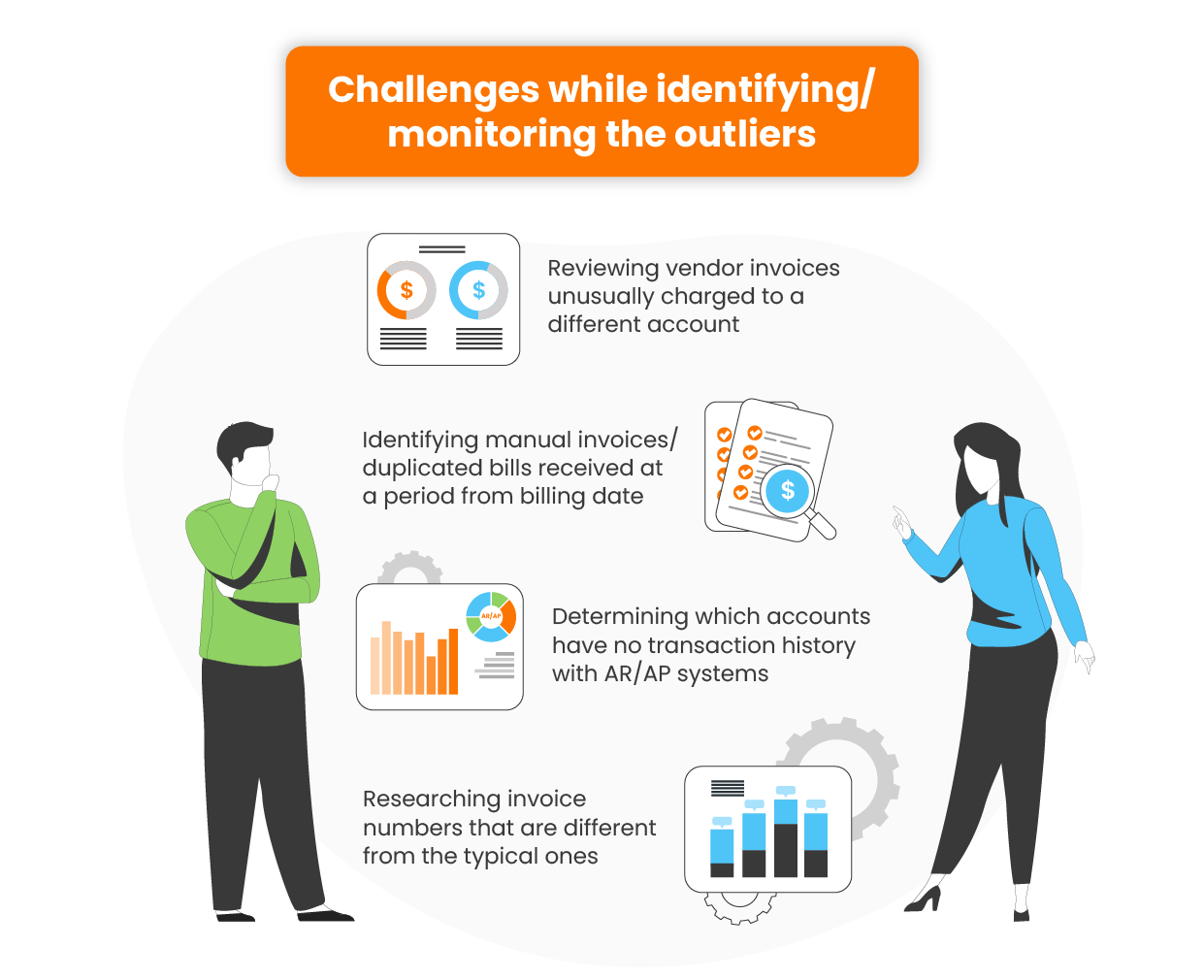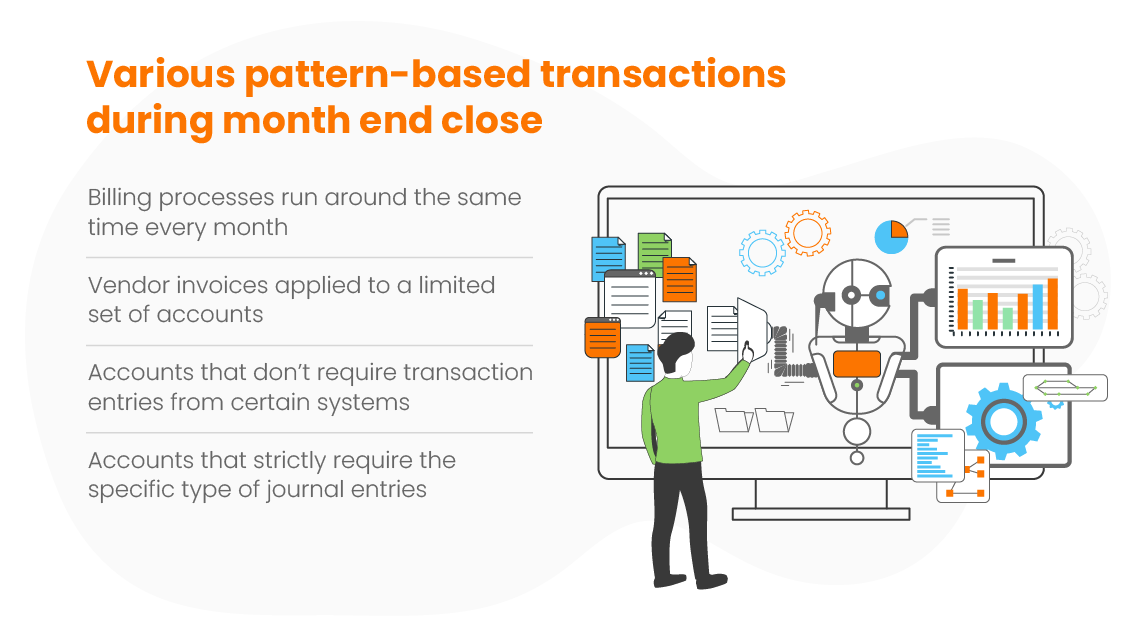Best practices for improving month end close accuracy
What's Inside?
- Challenges while reviewing transactions during month end close
- Best practices for finance teams to follow while reviewing transactions
- How to leverage real-time data and AI for the process of reviewing all transactions




